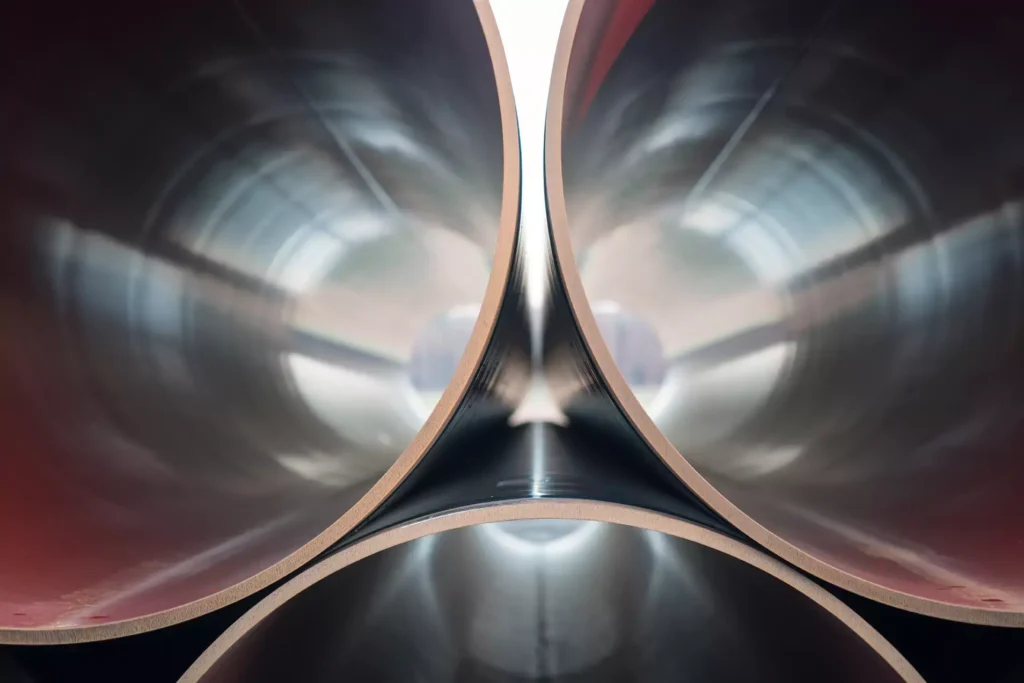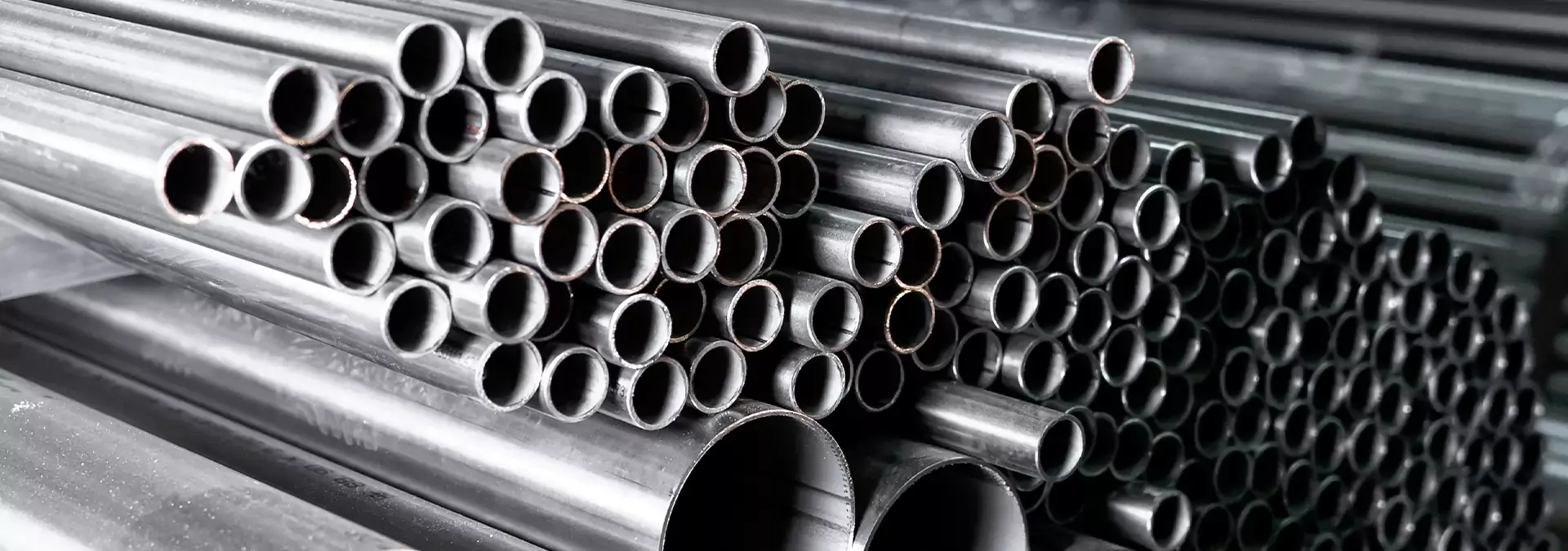In previous articles, we have discussed the importance of collaboration and oversight in the planning and design of pipe system solutions. As leading pipe suppliers in the UAE, Gerab plays a critical role in the supply chain, and is an integral part in selecting the correct pipes, fittings, and accessories for complex mega-projects through to specialized process networks.
Across applications, these projects place the utmost importance on selecting the right pipe system materials, connections, and accessories to meet operational requirements effectively and efficiently. Products may be sourced from different suppliers across the globe depending on project management schedules and constraints, and a pipe and fittings supplier in the UAE acts as a central hub to ensure the proper flow of pipes and fittings to their final destinations in the correct time frame. International standards are in place to regulate every aspect of these critical function elements and their handling, including guidelines for their selection across design criteria for working temperatures, pressures, and corrosion tolerances.
Important Considerations

In addition to their material composition, pipes are identified by their size. Here, pipes can be measured by their inner and outer diameters, an addition to the pipe thickness. Specific pipes are therefore identified by their pipe diameter, and another non-dimensional number for wall thickness, referred to as the Schedule (SCH).
Essentially, pipe schedules set the pipe wall thickness. Increasing the wall thickness of a pipe increases its mechanical strength, allowing it to handle higher design pressures. The Gerab pipe schedule can be downloaded here.
Given the diversity of pipe materials and operational requirements, the range of pipe wall thicknesses available today includes:
SCH 5, 5S, 10, 10S, 20, 30, 40, 40S, 60, 80, 80S, 100, 120, 140, 160, STD, XS, and XXS.
Due to their non-corrosive properties, stainless steel pipes require thinner wall thickness, and thinner pipe schedules are most often available in standard weight sizes (noted by the S designation; for example, Sch 10S). However stainless steel pipe can also be available in other schedules. Due to their thin walls, the smaller “S” sizes cannot be threaded together according to ASME code but must be fusion welded instead.
Nominal Pipe Size (NPS) and Outside Diameter (OD) values are not always equal, which can create confusion. Using a pipe schedule chart in mm or inches helps to address size issues, especially when connecting to other parts of a system.
Some general rules regarding nominal pipe size (NPS) and schedule include:
- For a given NPS, the OD stays fixed and the wall thickness increases with increase in schedule number.
- For a given schedule number, the OD increases with NPS while the wall thickness either stays constant or increases.
- Using equations and rules in ASME B31.3 Process Piping, it can be shown that pressure rating decreases with increasing NPS and constant schedule.
For process engineers, the most important information is the pipe Internal Diameter (ID), as it is used in line sizing calculations. As discussed above, for a given Nominal Pipe Size (NPS), the pipe Outside Diameter (OD) remains constant. As the pipe schedule changes, the ID of the pipe changes.
The ID of the pipe can be easily calculated, as long as the pipe NPS and schedule are known. The pipe ID is given by the pipe NPS minus double the pipe wall thickness (which can be obtained from the pipe schedule).
Conclusion
The ID of a pipe is critical for process engineers to determine pipe material and wall thickness to withstand operational temperatures and pressures. Material selection and coating is determined based on the corrosive agents used, or environmental factors. Special considerations may require modification to the pipe thickness based on space constraints (such as in marine applications), or weight considerations (such as on off-shore installations).
To speak to an expert about your project’s requirements, contact Gerab’s team today


